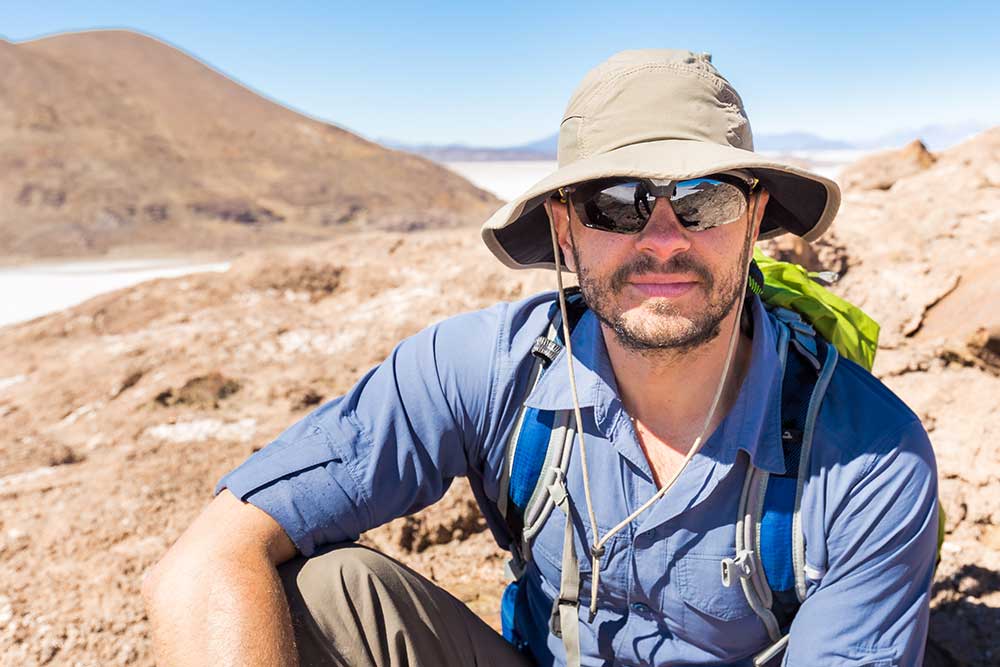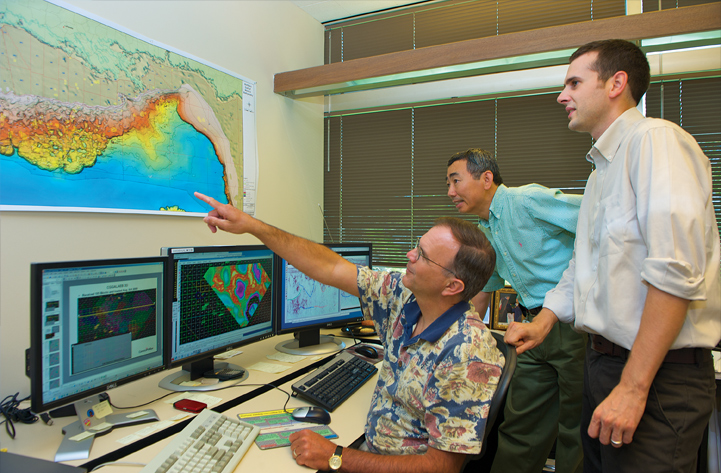All Categories
Featured
Table of Contents
Consumer Guide To Geological And Geophysical Services ... in Burswood Western Australia 2020

The primary design for the radial structure of the interior of the Earth is the initial recommendation Earth design (PREM). Some parts of this model have actually been upgraded by recent findings in mineral physics (see post-perovskite) and supplemented by seismic tomography. The mantle is primarily composed of silicates, and the limits between layers of the mantle are consistent with phase shifts.

This makes plate tectonics possible. Schematic of Earth's magnetosphere. The solar wind Circulations from left to. If a world's magnetic field is strong enough, its interaction with the solar wind forms a magnetosphere. Early space probes mapped out the gross measurements of the Earth's electromagnetic field, which extends about 10 Earth radii towards the Sun.
Inside the magnetosphere, there are reasonably dense areas of solar wind particles called the Van Allen radiation belts. Geophysical measurements are typically at a particular time and place.
Geophysicist - Salary, How To Become, Job Description & ... in Woodvale Western Australia 2020
A three-dimensional position is calculated using messages from four or more visible satellites and described the 1980 Geodetic Referral System. An alternative, optical astronomy, integrates astronomical collaborates and the regional gravity vector to get geodetic coordinates. This approach just supplies the position in two coordinates and is harder to use than GPS.
Relative positions of 2 or more points can be figured out using very-long-baseline interferometry. Gravity measurements became part of geodesy since they were needed to associated measurements at the surface of the Earth to the recommendation coordinate system. Gravity measurements on land can be used gravimeters deployed either on the surface area or in helicopter flyovers.
Water level can also be determined by satellites using radar altimetry, adding to a more precise geoid. In 2002, NASA launched the Gravity Recovery and Environment Experiment (GRACE), wherein 2 twin satellites map variations in Earth's gravity field by making measurements of the distance in between the 2 satellites using GPS and a microwave varying system. Satellites in area have actually made it possible to collect data from not just the noticeable light area, however in other locations of the electromagnetic spectrum. The worlds can be defined by their force fields: gravity and their electromagnetic fields, which are studied through geophysics and area physics. Measuring the changes in velocity experienced by spacecraft as they orbit has allowed great details of the gravity fields of the worlds to be mapped.
Geophysics Definition & Meaning in Caversham Oz 2022
Given that geophysics is concerned with the shape of the Earth, and by extension the mapping of features around and in the world, geophysical measurements consist of high precision GPS measurements. These measurements are processed to increase their accuracy through differential GPS processing. When the geophysical measurements have been processed and inverted, the translated results are plotted using GIS.
Lots of geophysics business have created internal geophysics programs that pre-date Arc, GIS and Geo, Soft in order to fulfill the visualization requirements of a geophysical dataset. Expedition geophysics is applied geophysics that frequently utilizes remote picking up platforms such as; satellites, airplane, ships, boats, rovers, drones, borehole noticing equipment, and seismic receivers.
Aeromagnetic information (airplane collected magnetic information) gathered utilizing standard fixed-wing aircraft platforms should be remedied for electromagnetic eddy currents that are created as the aircraft moves through Earth's electromagnetic field. There are also corrections related to changes in determined potential field intensity as the Earth rotates, as the Earth orbits the Sun, and as the moon orbits the Earth.
Geophysics in Glendalough Aus 2022
Signal processing involves the correction of time-series information for unwanted noise or errors introduced by the measurement platform, such as airplane vibrations in gravity information. It also includes the decrease of sources of sound, such as diurnal corrections in magnetic information., meteorology, and physics.
The magnetic compass existed in China back as far as the fourth century BC. It was not till good steel needles could be created that compasses were used for navigation at sea; before that, they could not maintain their magnetism long enough to be useful.
By taking a look at which of eight toads had the ball, one might identify the instructions of the earthquake. It was 1571 years prior to the very first style for a seismoscope was released in Europe, by Jean de la Hautefeuille. It was never developed. One of the publications that marked the start of modern science was William Gilbert's (1600 ), a report of a series of careful experiments in magnetism.
Geophysicist in St James Western Australia 2020
Geochemistry, Geophysics, Geosystems. National Aeronautics and Space Administration. Obtained 13 November 2018.
Runcorn, S.K, (editor-in-chief), 1967, International dictionary of geophysics:. Pergamon, Oxford, 2 volumes, 1,728 pp., 730 fig Geophysics, 1970, Encyclopaedia Britannica, Vol. Intro to seismology (2nd ed.).
Latest Posts
Geophysical Survey - Salisbury Archaeology in South Guildford Aus 2021
Geophysical Survey in Yangebup Aus 2022
Working As A Geophysicist And Oceanographer In Canada in Singleton Aus 2022